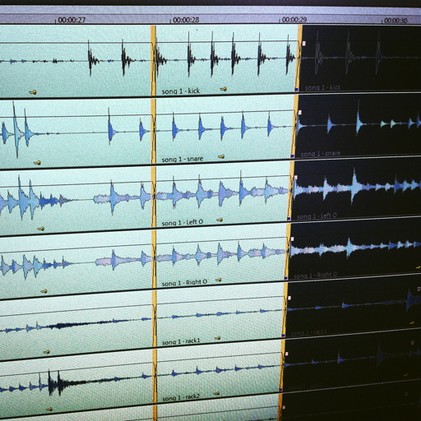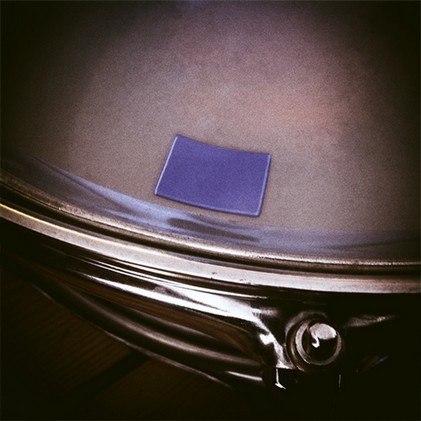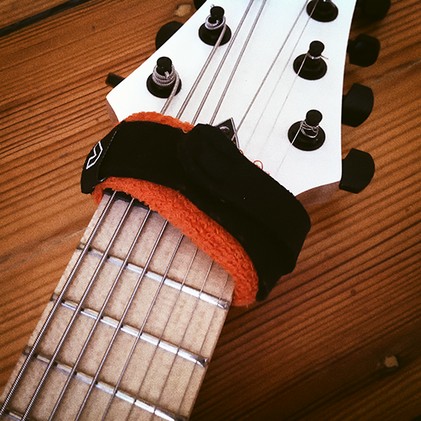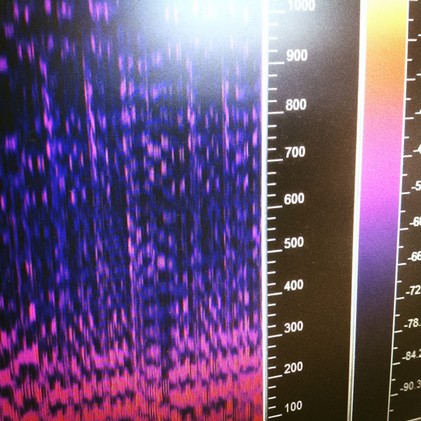
Recording FAQ
 The most important rule: Never touch the knobs!!! (again)
The most important rule: Never touch the knobs!!! (again)Knobs like gain or level on the recording devices or mixing desks should be set up only once and never ever changed again during recording.
This is especially crucial for the drum recordings. Otherwise your engineer will loose many hours guessing and adjusting levels to match.
When you record to a DAW, make sure the gain levels are always set to 0db.
 Drum editing: Always edit the kit as a whole
Drum editing: Always edit the kit as a wholeWhen editing drums, make sure the multitracks ("stems") are grouped together. Drums, although being recorded on multiple tracks, should always be treated as one Recording/ Instrument/ Track.
Otherwise, phase issues will occur and turn everything into disarray.
 Drum tracking: Sound Secret No. 1 - Good and consistent tuning is key to a great sound
Drum tracking: Sound Secret No. 1 - Good and consistent tuning is key to a great soundThis is really important. There's a lot possible in mixing. But a snare that looses tuning during a song or sounds different on every song or even riff will most likely end up being sample replaced (which require additional fees) - and we don't want that (except it'll be a stylistical choice to have sample replacements).
A tune-bot and/or DrumDial is always a good investment.
 Drum tracking: Sound Secret No. 2 - Too much dampening kills the tone
Drum tracking: Sound Secret No. 2 - Too much dampening kills the toneToo much moongel, for example, kills all the smack and lovely overtones and will most likely result in a dead sounding kit.
For your engineer, it's easier to remove some overtones during mixing, than artificially recreate some.
 Guitar/Bass tracking: Fretwraps are clean recording's friends
Guitar/Bass tracking: Fretwraps are clean recording's friendsFretwraps are a great investment as well, to prevent unwanted strings from ringing. Especially for heavy riffs using only the lower strings. The fretwrap can be slanted a bit over the nut, in order to dampen the upper strings but leave the lower strings untouched.
 Guitar/Bass tracking: Tune before every riff
Guitar/Bass tracking: Tune before every riffTemperature, frenzy of performance and other factors can quickly detune your guitar or bass. In order to create a professional record, one can't tune too often. Especially the upper strings!
 Singers: Don't cup the mic (here's why)
Singers: Don't cup the mic (here's why)Reasons why cupping the mic will result in a less optimal sound:
- You'll never have your hand at the very exact same place(s) on the mic, resulting in different sounding recordings. Which inevitable means that some parts of the record will sound at random better, some worse.
- If the mic isn't cupped, the engineer will be able to concentrate on giving you the most killer sound, without loosing endless hours hunting for resonances and mid bumps that change all the time.
- If you like the sound of the cupped mic that much, it's better to send the engineer a sample clip, so they will know how you want it. Then the album should be tracked without the mic being cupped.
Tips: Put the mic onto a stand. Experiment with the angle you sing into it. Use a pop-filter.
 Never ever use Normalisation!
Never ever use Normalisation!"Normalisation" sounds like it's doing a good thing, but in reality it should be called "Randomisation". Since the "Normalisation" command will use only the loudest peak in the recording to evaluate the level, the results will be just random. Just imagine a whisper sounding thousand times louder than a scream ;)
Using the "Normalise" function is a great disservice to anyone who is supposed to work with your recordings.
 Send test recordings before the actual tracking
Send test recordings before the actual trackingIf you do test recordings of your guitars, bass, vocals and drums you can send those to your engineer! They will be able to identify problems and have solutions on how to fix them, to ensure the best result possible.




 Hire me!
Hire me!